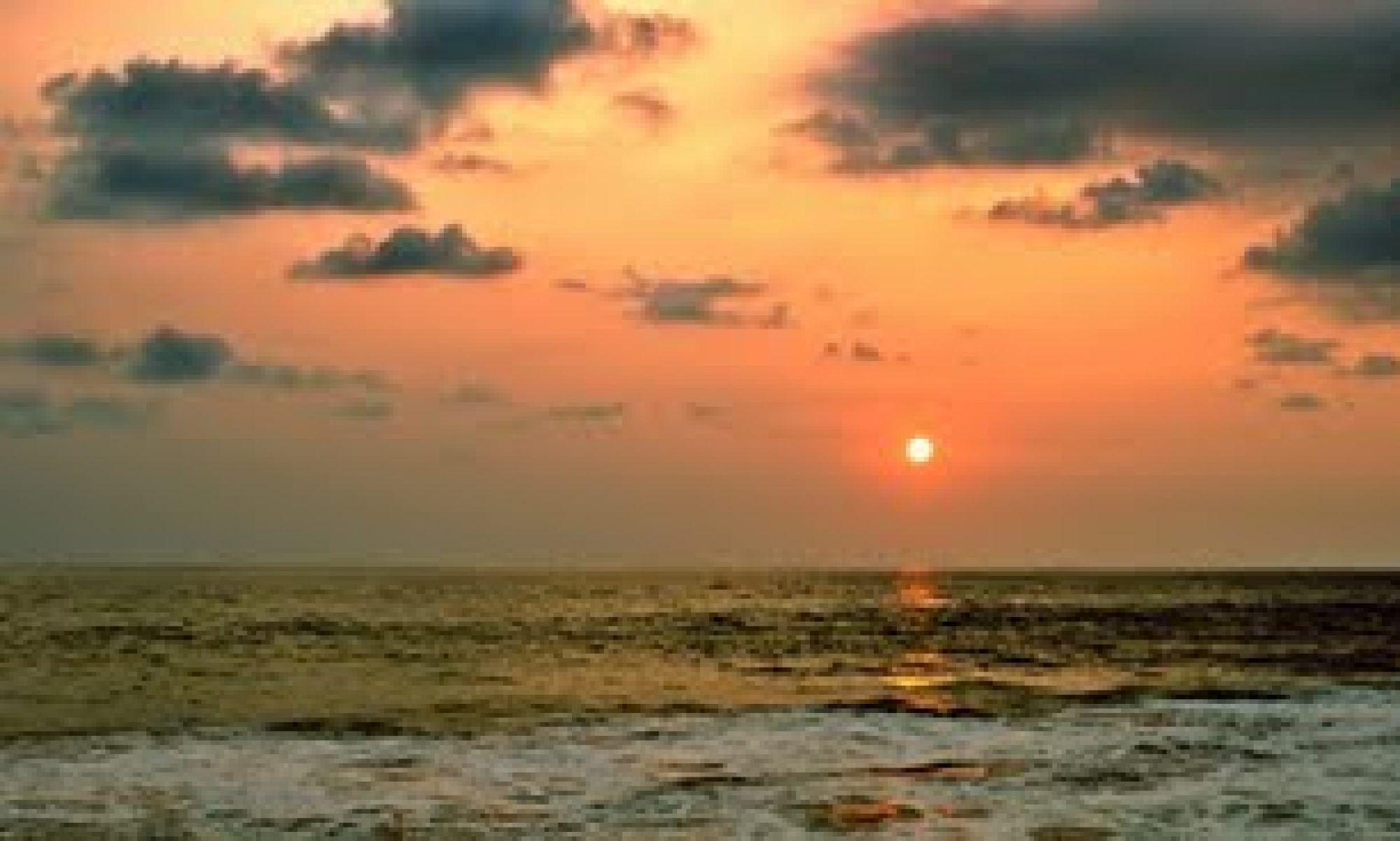November 29, 2007
Dr. David Frawley of the American Institute of Vedic Studies writes, in an interesting essay, that what has been characterized as the “Hindu right” in India is substantially different from “right wing” groups in other countries and cultures. The essay is entitled, The Myth of the Hindu Right, and I quote from it below:
The idea of the ‘Hindu right’ is largely a ploy to discredit the Hindu movement as backward and prevent people from really examining it. The truth is that the Hindu movement is a revival of a native spiritual tradition that has nothing to do with the political right-wing of any western country. Its ideas are spiritually evolutionary, not politically regressive.
It’s a provocative and thought-provoking article, and it does undercut the fact that Western-inspired leftists generally tend to side with whoever they perceive as the “victims” or as the “minorities” without looking into the truth-value of the philosophies or worldviews of those they are defending.
I think Hinduism has several strengths as a spiritual civilization. One, along with Judaism and Zoroastrianism, Hinduism is the only religion that we can trace back to prehistoric times, but unlike those religions, Hindu dharma has survived against all the odds and continues to thrive. Two, Hinduism cannot be traced to any one man or woman, nor to any one religious text. It has no central authority. This is one of the many reasons why Hinduism is so pluralistic and able to assimilate the truths from other religions and philosophies. Three, the Hindu spiritual transmission is openly acknowledged to be a living transmission that continues to this day, at least in theory — whether Hindus on ground actually bother to read their own texts or understand their own spiritual teachers is another story. There is of course a very superstitious type of Hinduism that is practiced in many parts of India, but this is mainly cultural and is not the spirit of Vedic India at all.
Posted by ned.
Filed under Contemplations, Notes and Speculations, South Asia.

